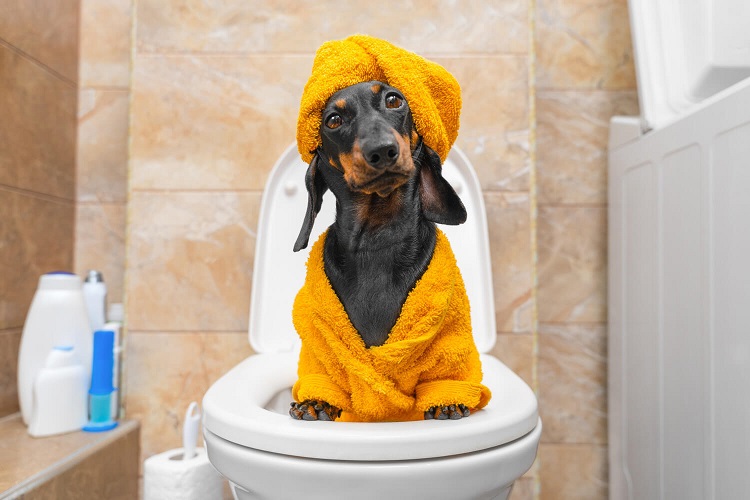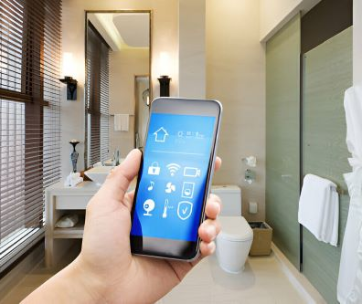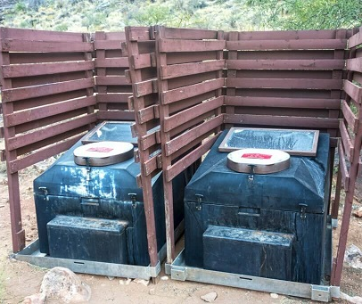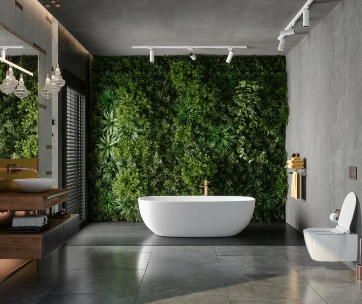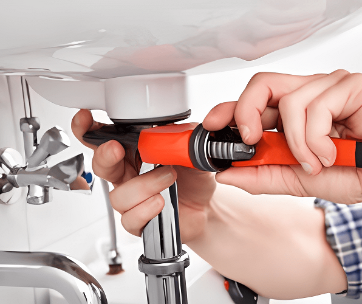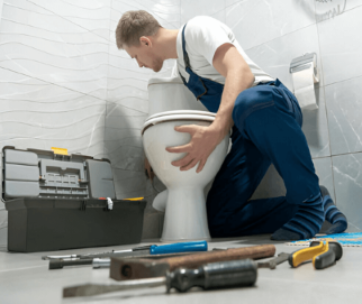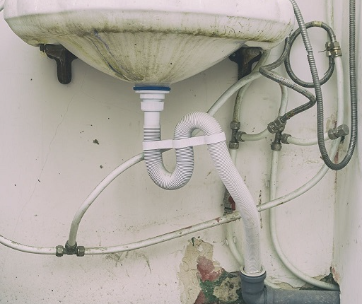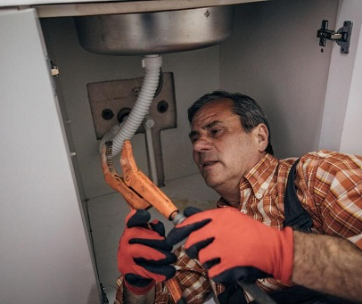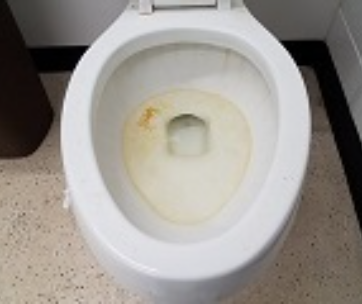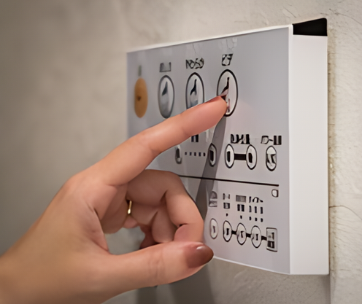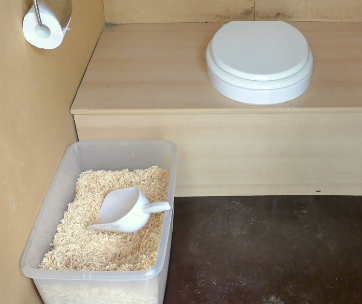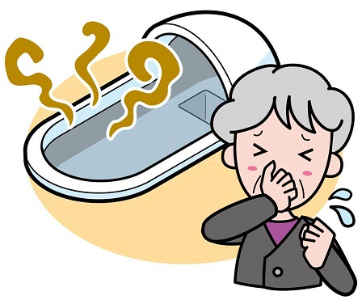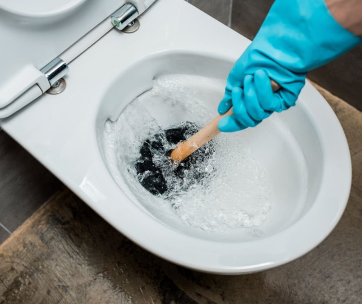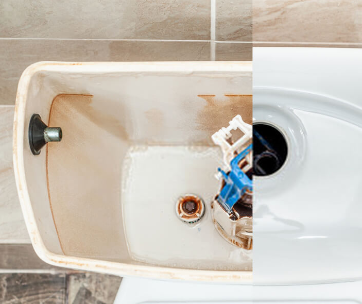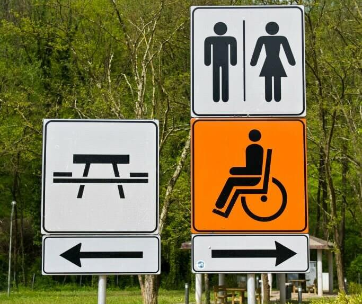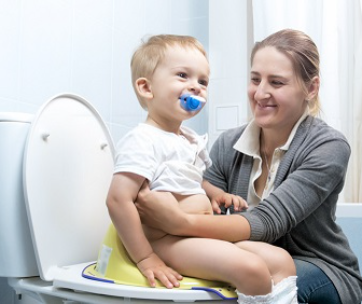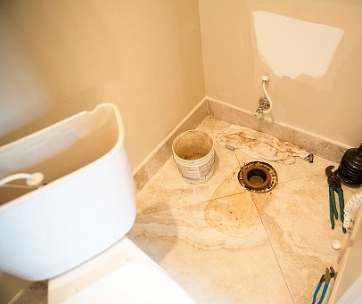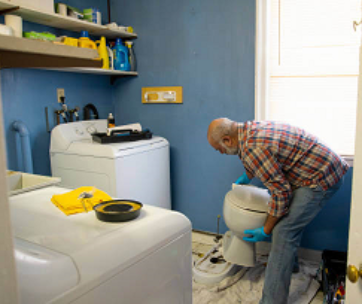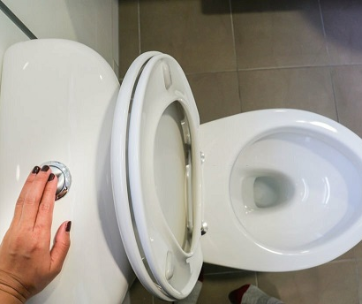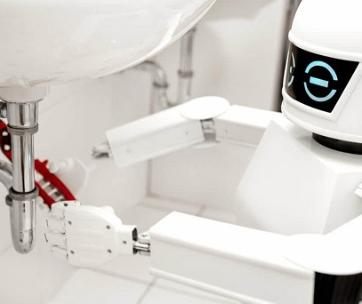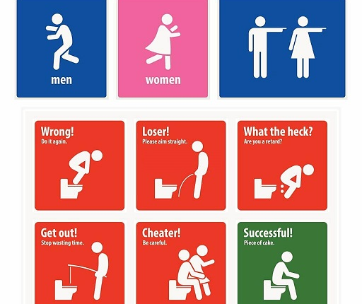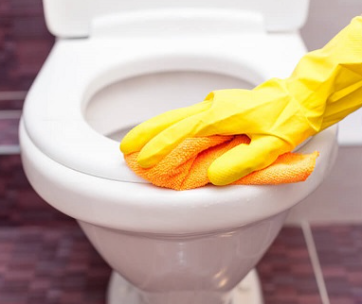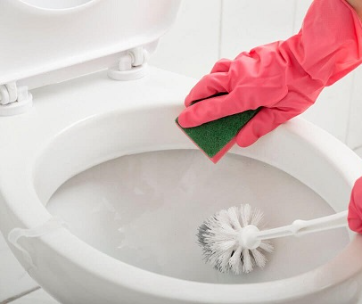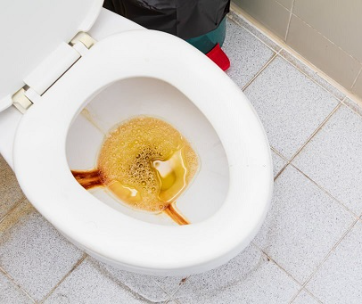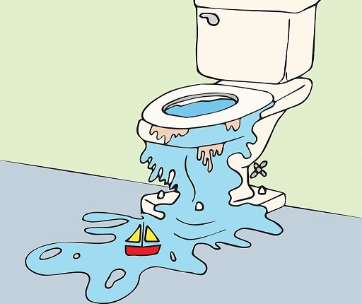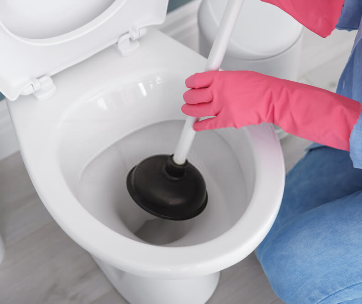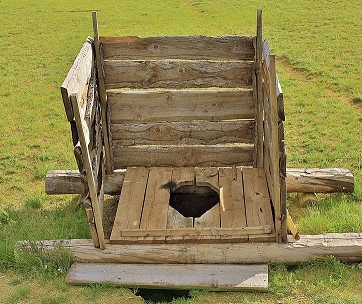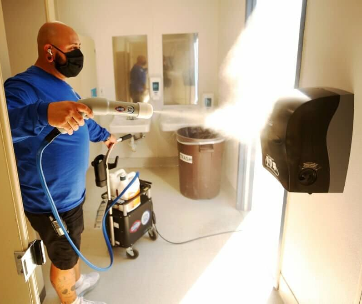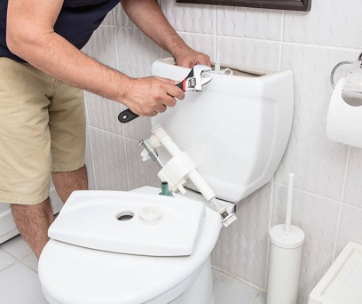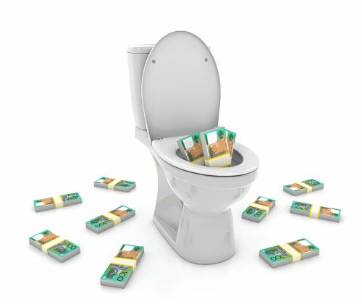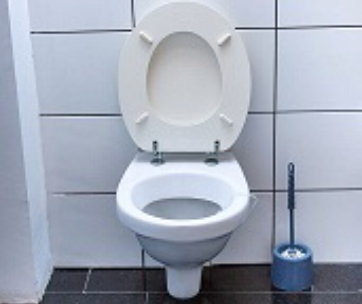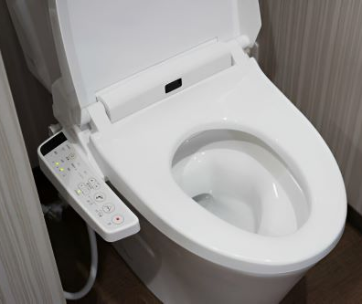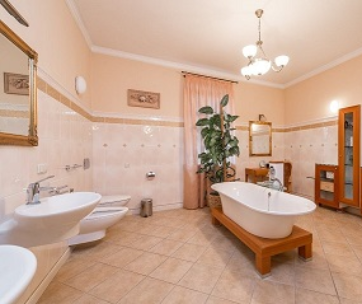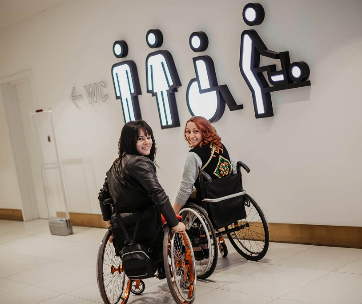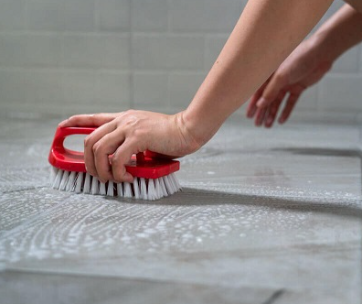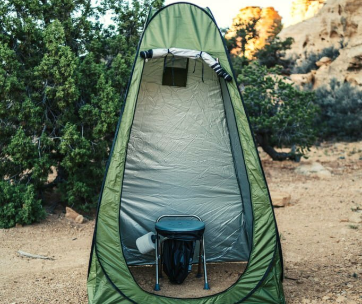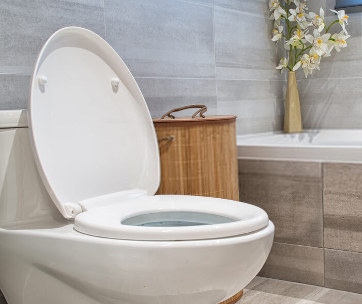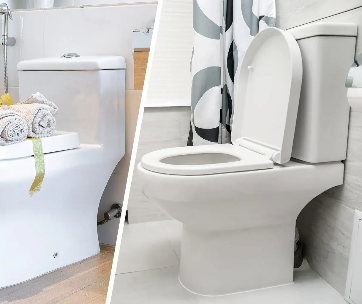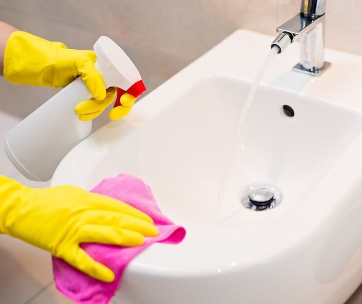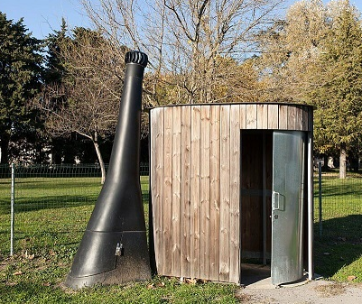How to Train Pets to Use Designated Toilet Areas
Training pets to use designated toilet areas can be a game-changer for pet owners, making daily routines more manageable and keeping living spaces clean. Whether a puppy, a kitten, or an older pet, implementing a consistent and patient training approach is key.
Every Pet owner desires to train their beloved companion to use designated toilet areas, as this step promises a cleaner and harmonious living space. Whether you’re welcoming a new puppy or kitten into your home or seeking to establish a new routine for an older pet, guiding them towards appropriate toileting spots can be rewarding and transformative.
Understanding the nuances of your pet’s behavior is the cornerstone of successful toilet training. Dogs, cats, and other pets exhibit unique instincts and routines when relieving themselves. By harnessing these impulses and employing consistent, positive reinforcement methods, you can effectively guide your furry friend towards using specified areas for their toileting needs.
This guide is a roadmap toward a successful training endeavor. It gives you clear ways to understand your pet's cues and routines and establish a designated area. We'll explore techniques that promote understanding and cooperation between you and your pet. Patience, consistency, and a deep appreciation for your pet's individuality will be your allies as you embark on this journey toward a cleaner, more amicable coexistence.
What are the easiest and fastest ways to train your pet on toilet use?
Understand Your Pet’s Behavior
Different pets have varying instincts and behaviors when it comes to relieving themselves. Understanding these habits is crucial before initiating any training regimen.
Some of the ways that you can get to learn pets’ behaviors include;
1. Observation
Observe your pet's behavior before they relieve themselves. This can help you identify specific signs that indicate when your pet needs to go, such as circling, sniffing around, or heading to a particular spot. By paying attention to these cues, you can proactively take your pet outside or to their designated potty area, which can help prevent accidents inside your home. Moreover, consistently reinforcing good behavior when your pet relieves themselves in the right spot can also help them learn and understand where they should go in the future.
2. Routine
Animals, especially household pets, tend to establish regular bathroom routines influenced by their physiological needs, habits, and environmental factors. For instance, dogs may need to go outside after waking up, playing, or eating, while cats might prefer using their litter box after waking up or after a meal. By observing and recognizing these patterns, as a pet owner, you can better understand your pets' needs and use this knowledge to train them accordingly.
One of the ways that you can use this is to establish scheduled potty breaks to prevent accidents and reinforce good conduct or use positive reinforcement to reward your pet for following the routine. This can help establish a consistent and predictable pet toilet routine, promoting better hygiene, health, and overall well-being.
3. Choose a Designated Area
Consider a few factors when choosing an area for your pet's toilet needs. First, you should select a spot easily accessible by your pet. For instance, if you have a dog, it should be a location they can easily reach without any hindrance.
Secondly, you must determine an appropriate area based on your pet's size and breed. For dogs, you may want to choose a specific spot in your yard that is large enough for them to move around and has enough space to do their business comfortably. For cats, you may opt for a litter box that is suitable for their size and easily accessible. Ultimately, selecting an appropriate area for your pet's toilet needs is crucial for their health, happiness, and overall well-being.
How to Consistently Train Your Pets
To train your pets effectively, maintain consistency in your approach. Follow the steps given below to establish a routine.
Training your Dog to Use Designated Toilet Areas
1. Frequent Potty Breaks
To maintain proper hygiene and prevent accidents inside the house, it is recommended that you take your dog to the designated area regularly. It is crucial to do so after meals, waking up, and playtime, as dogs will most likely need to relieve themselves. Frequently taking your dog to the assigned area can reinforce good habits and minimize the risk of accidents inside the house.
2. Positive Reinforcement
Reward your dog immediately after they are eliminated in the designated area to reinforce this positive behavior. This will help your dog associate the selected area with the act of elimination. You can use various forms of positive reinforcement, such as verbal praise, treats, or playtime, to reward your dog. Verbal praise can be as simple as saying "good job" or "good boy/girl."
Treats can be your dog's favorite snack or something special they only get after eliminating them in the designated area. Playtime can involve playing with their favorite toy or engaging in a fun activity with your dog. Using positive reinforcement consistently will teach your dog to eliminate in the designated area, making house training more effective.
3. Establish a Cue
When training your dog to eliminate in a specific area, consistently use a verbal cue or specific phrase to associate with the act of elimination. This helps the dog understand what action is expected of them during bathroom breaks. For example, you could use "go potty" when bringing your pet to their designated elimination spot. Repetition of this phrase will help your dog recognize and associate it with the desired action. Consistency is key when using verbal cues in pet training, so be sure to use the exact phrase every time you bring your dog to eliminate.
4. Supervision
Keeping a close eye on your dog indoors is essential, especially if they are not fully potty-trained. Signs that your dog needs to go potty may include restlessness, sniffing around, scratching or pawing at the door, or whining. Once you notice these signs, acting quickly and guiding your dog to the designated area where they can relieve themselves is crucial. This classified area could be a specific spot in your yard or a pee pad in your home. By doing so, you will help your dog learn where they should go potty and prevent any accidents from happening inside your home.
Training your Cat to Use Designated Toilet areas
Litter Box Placement
When setting up a litter box for your cat, choose a location that's both quiet and easily accessible. Cats are creatures of habit, and they prefer clean, private spaces free from noise and distractions. By placing the litter box in an area isolated from the rest of the house, you can create a space where your cat feels comfortable and secure.
Additionally, keeping the litter box clean and well-maintained is essential to ensure that your cat continues to use it regularly. Following these tips can help ensure your cat is happy and healthy.
1. Keep it Clean
To maintain your cat's hygiene and prevent them from avoiding their litter box, scoop it regularly. Aim to scoop the litter box at least once daily, removing clumps and feces as you go. This will ensure the box remains clean, hygienic, and odor-free, keeping your cat happy and healthy. If you have multiple cats, it's recommended to provide them with separate litter boxes to avoid overcrowding and ensure that each cat has their own space.
2. Positive Reinforcement
When your cat uses the litter box, show them positive reinforcement. This can be done by praising them with enthusiastic words and offering treats as a reward. However, please avoid punishing them for accidents, as it can cause anxiety and lead to negative behavior. Instead, try to identify the cause of the accident and make necessary adjustments to prevent it from happening again. Your cat will learn to use the litter box regularly and efficiently with patience and consistency.
3. Handling Accidents
While training cats, it's not uncommon for them to make mistakes. However, handle these accidents calmly. One of the most important things to do is promptly clean up any accident since cats may return to the same spot if they can smell their scent. To effectively clean up accidents, it's recommended that you use enzymatic cleaners. These cleaners are designed to remove any traces of odor, which can help prevent your cat from continuing to use the same spot as a place to relieve themselves. You can help ensure the cat continues learning and progressing during training by promptly cleaning up accidents.
4. Avoid Punishment
Avoid scolding or punishing your cat when they have accidents, as this can be counterproductive and even harmful to their training. Instead, opt for positive build-up techniques, such as rewarding good behavior with treats or praise, to encourage your cat to repeat desired actions. This helps your cat learn more effectively and fosters a positive relationship between you and your furry friend. By consistently using positive reinforcement, you can help your cat develop good habits and behaviors while avoiding the stress and confusion that punishment can cause.
5. Patience is Key
Training a pet can be a challenging task that requires time and patience. It's important to remember that every pet has its own learning pace, and what works for one may not work for another. Therefore, it is pivotal to celebrate small victories and remain patient during setbacks, as these are part of the learning process.
Consistent positive reinforcement is key throughout the training process. This means rewarding good comportments rather than punishing bad behavior. You can use treats, toys, or verbal praise to reinforce positive actions. It's important to note that the reward should come immediately after the desired behavior to be effective.
In addition to positive reinforcement, a calm, encouraging attitude is also essential. Pets can sense your emotions, so feeling frustrated or angry may affect your behavior and slow down the training process. Instead, stay calm and be patient, even when your pet makes mistakes. Training takes time and effort, but you can help your pet learn and grow into a well-behaved companion with consistent desirable stimulus, a calm attitude, and patience.
Conclusion
Embarking on training your pet to use designated toilet areas is a testament to your commitment to harmonious living. Through patience, understanding, and consistent guidance, you've embarked on a transformative process that streamlines daily routines and deepens the bond between you and your furry companion.
Understanding your pet's behaviors and routines has been pivotal in this journey. Whether observing the subtle signs before they relieve themselves or recognizing their preferred timing, your attentiveness has paved the way for practical training.
Consistency will be the cornerstone of your approach. Establishing a designated area, offering positive reward, and employing gentle guidance will help to shape your pet's habits. Celebrating their successes and remaining patient during setbacks will be crucial components in fostering a positive learning environment.
Remember, accidents are a natural part of the learning process. Your calm and understanding response, coupled with swift cleanup and redirection, helps reinforce the desired behavior without causing stress or confusion for your pet.
As you continue this journey, cherish the small victories and milestones achieved. Every successful trip to the designated area marks progress and strengthens the understanding between you and your pet.
Training your pet to use designated toilet areas isn't just about cleanliness; it's about nurturing a respectful, cooperative relationship. Your dedication and commitment to this endeavor lay the foundation for a happier, cleaner, and more fulfilling coexistence with your beloved companion.
Lastly, continue cultivating patience, understanding, positive reinforcement, and revel in the joy of witnessing your pet embrace these new habits. Together, you've embarked on a journey toward a melodious home environment filled with love, understanding, and shared moments of growth.

